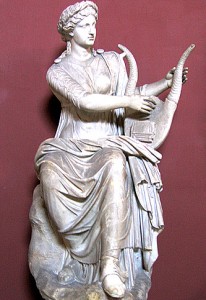Thanks to all my website readers for making September the most-visited month yet since the launch in January 2009.
I broke the 1000 mark for the first time, having 1068 unique visitors, who made 1951 total visits to the home page over the course of the month. The number of foreign visitors has been steadily growing too, the most numerous being German, Canadian, Dutch, French, and British.
By far the most popular part of the site is the diary, which had over 3500 hits, many of these directly from the RSS feed. The most frequently hit diary entries include “Begin Again, Ernest, and This Time Concentrate,” “Will the Woman in the Corset Please Get Off the Court?” and “Judging a Book by Its Cover.”
Interestingly to me, all four of my books, fiction and non-fiction, published and unpublished, got roughly the same number of visitors to their sections on the site. Hope that’s a good sign of interest in my future work!
In a few months, I’ll soon be doing another major update and refurbishment to the photo gallery and the books section, so I hope you’ll keep checking in. Again, thanks for your support not just of me but of all those who work hard to write better than they think they can.










